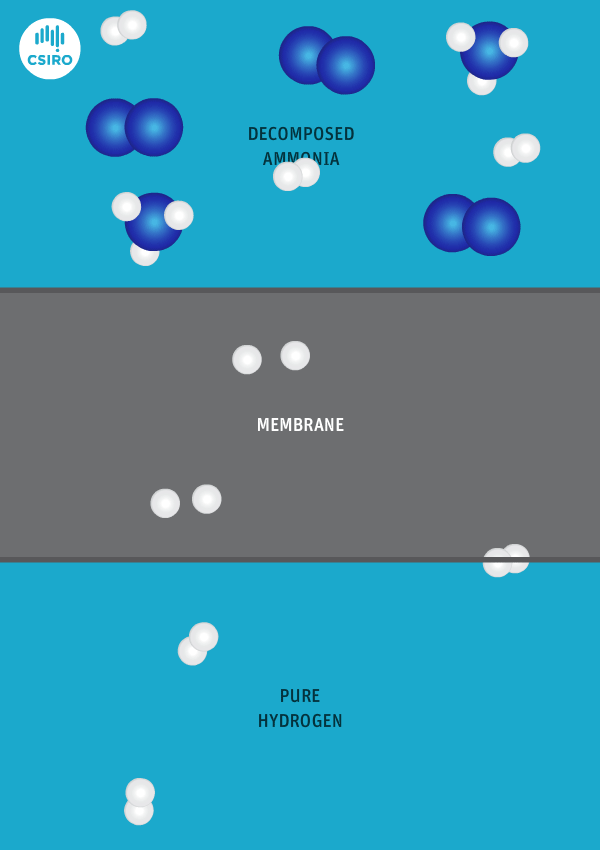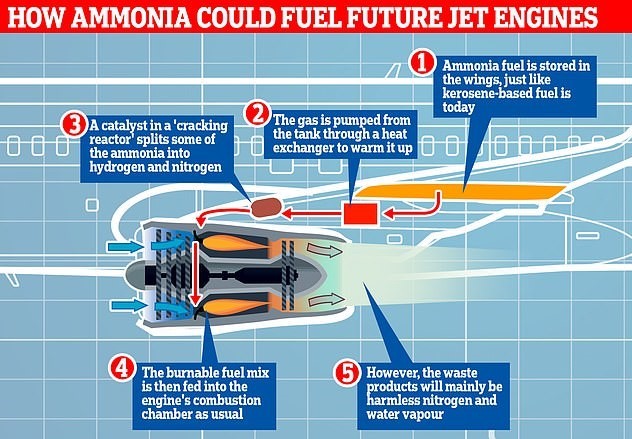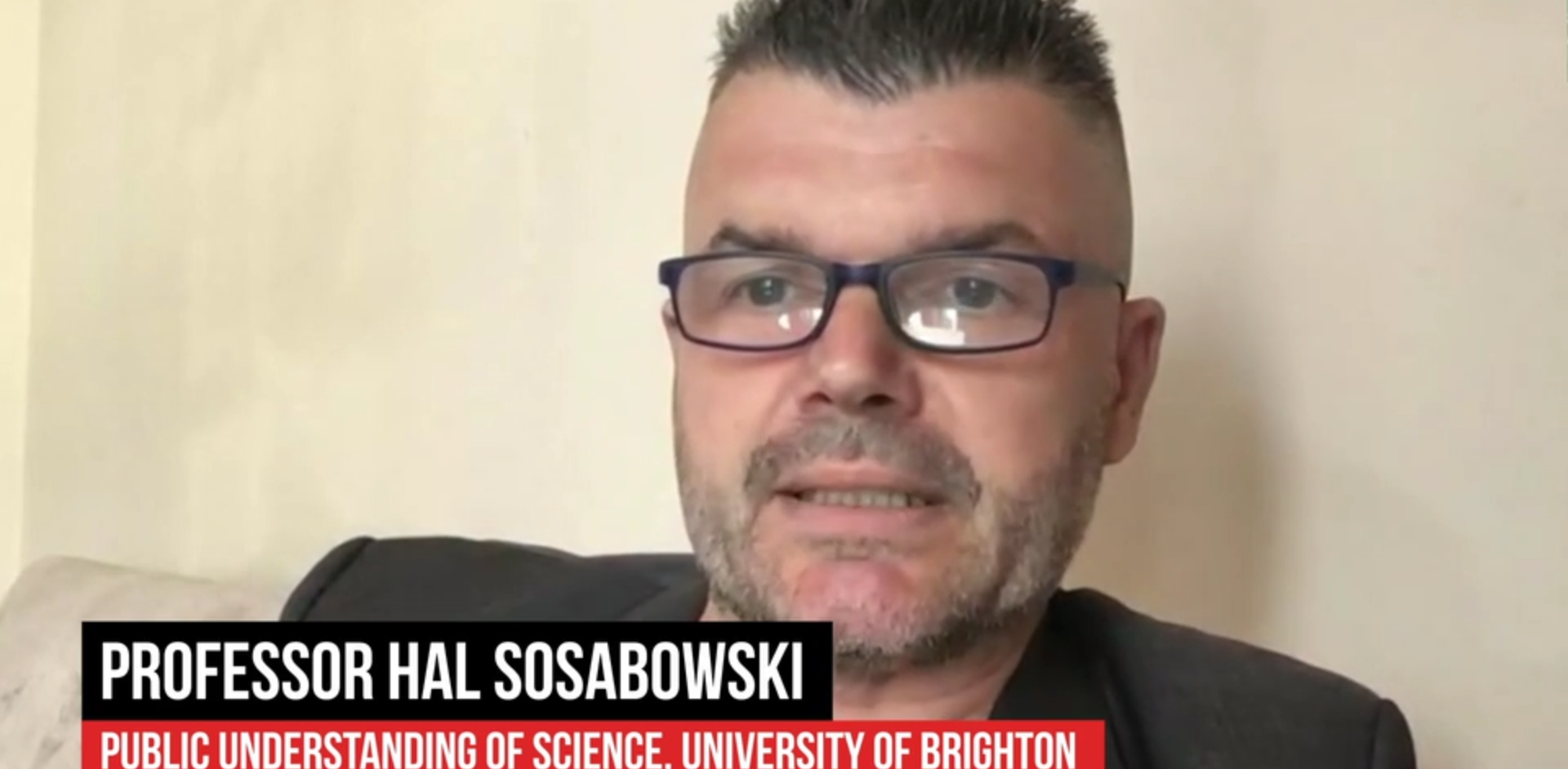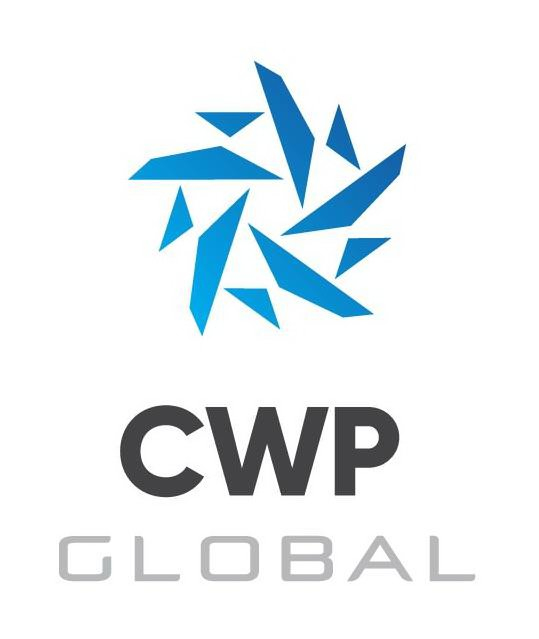Content by Author
Hyundai joins Fortescue and CSIRO to "fast track" ammonia to high-purity hydrogen system
Fortescue recently announced that it has signed a memorandum of understanding (MOU) with Hyundai Motor Company and CSIRO for the “development and future commercialisation” of its metal membrane technology. This technology, which produces high-purity compressed hydrogen from liquid ammonia, was demonstrated in 2018. It enables PEM fuel cell vehicles to refuel using hydrogen that is generated on demand from ammonia. At scale, this technology could enable an ammonia-based hydrogen production, storage, and distribution infrastructure, lowering the barriers to implementation of a national network of hydrogen filling stations. Now, “Hyundai will seek to demonstrate the viability of the technology for renewable hydrogen production and vehicle fuelling in Korea.”
Zero emission aircraft: ammonia for aviation
This week, Reaction Engines announced a “ground-breaking study” on ammonia as a fuel for zero-emission aircraft. This will soon be followed by a demonstration project, “integrating the technology into a ground-based test engine.” The study combines Reaction Engines’ heat exchanger technology with the ammonia cracking technology being developed by the UK’s Science and Technology Facilities Council (STFC). By partially cracking green ammonia to hydrogen, the resulting ammonia fuel mix “mimics jet fuel,” making it possible to adapt existing engines and aircraft to use zero-emission fuels. “This means a fast transition to a sustainable aviation future is possible at low cost.”
Hazard identification, feedback loops, risk tolerance
There are many lessons to be drawn from the explosion in Beirut last week. Perhaps the most important is that we, as a society, always have a choice: to learn from our mistakes, or to repeat them. We can debate the root cause and find individuals and systems at fault — and we must do these things — but if we don’t make use of those learnings, and change our future behavior, we’ll have missed the point. As one commentator put it, the cause of the Beirut explosion was clear-cut: “Once again, society not learning from its own mistakes. For hundreds of years, there have been situations where too much ammonium nitrate has been kept in the same place at the same time.”






